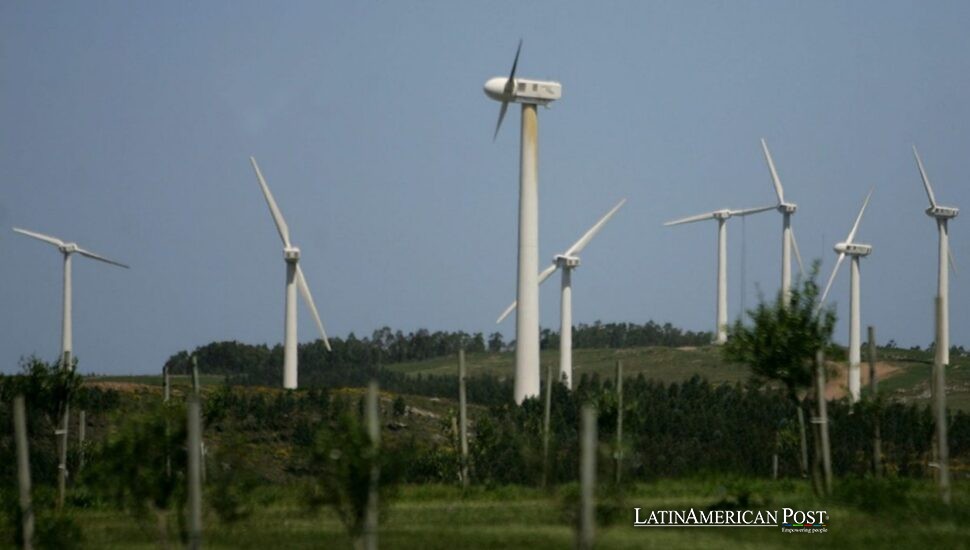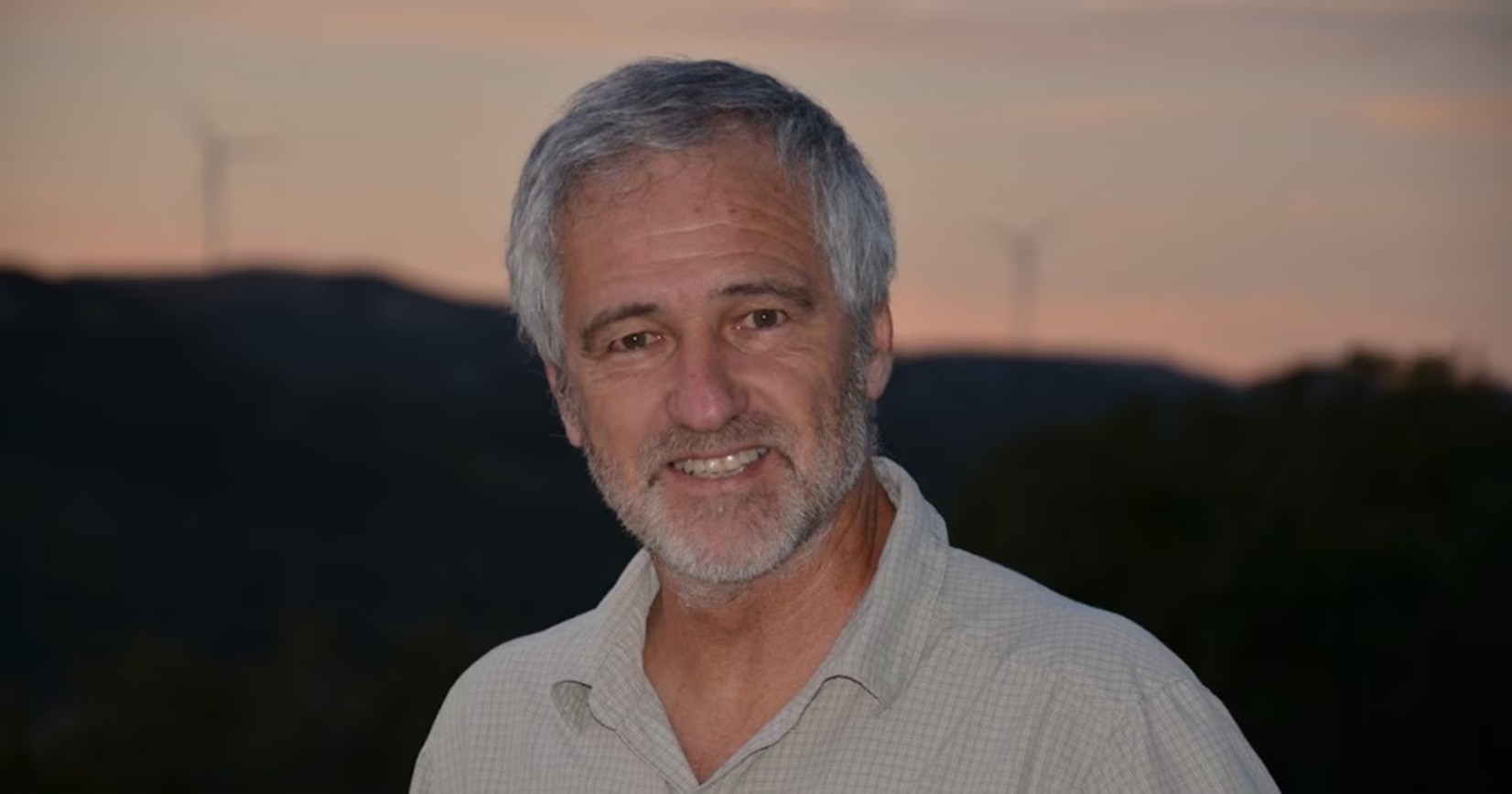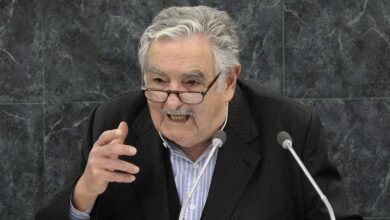The Scientist Who Helped Rewire Uruguay, and May Now Help Rewire the World

Uruguay’s dizzyingly fast sprint toward nearly 100% renewable electricity began with an unlikely moment: a particle physicist answering his phone and hearing the president on the other end. Less than a decade later, the country became a global model for green energy—and now the scientist who helped design that transformation is exporting the blueprint.
A Phone Call and a Pivot from the Big Bang
When Ramón Méndez Galain picked up the phone in 2008, he expected a routine academic inquiry, not an invitation to help reshape Uruguay’s future. “The invitation was a tremendous surprise,” he told The Washington Post, recalling the moment then-President Tabaré Vázquez asked whether a “simple university professor” would consider becoming energy secretary.
Galain had spent his career studying the first fractions of a second after the Big Bang—equations, cosmology, theoretical constructs. Energy crises were not his field. But upon returning to Uruguay, he found a system on the brink of collapse. Hydropower, long the backbone of the grid, could no longer meet demand. The country imported all of its fossil fuels. Prices were rising fast. Some policymakers floated the idea of building a nuclear plant.
Galain saw something else: wind corridors that stretched across the pampas, solar potential waiting to be tapped, agricultural residues that could fuel biomass plants. He drafted a paper arguing that an aggressive push into renewables—paired with a modernized grid—could stabilize Uruguay’s system and free it from the volatility of imported oil.
Then the president called. And the idea became national policy.
Engineering the Politics and the Physics
Between 2008 and 2015, Galain guided a transformation that combined infrastructure, mathematics, and political choreography. Uruguay didn’t just install turbines and solar parks; it rewrote the rules of the entire electricity market.
“We proved that yes, it is possible to manage a power system with almost 100 percent renewables,” Galain told The Post. The breakthrough wasn’t simply technological. It came from a sophisticated simulation tool his team built—software capable of modeling wind and solar intermittency, anticipating grid stress, and mapping how different sources would behave under every imaginable scenario.
That tool became the weapon against skepticism. It showed, in numbers rather than rhetoric, that reliability was not only possible but economically wise.
Within five years, Uruguay’s electricity was essentially decarbonized. Renewables provided 98% of generation; wind alone supplied up to 40% of annual consumption. In 2023, the share exceeded 99%, Galain noted. Electricity prices fell. Roughly 50,000 jobs—about 3% of the labor force—were created. And Uruguay began exporting clean energy to Argentina and Brazil.
Just as important as the engineering was the political design. The plan was debated across parties, adjusted where necessary, and ultimately embraced by every major political coalition. That cross-party backing insulated the transition from the usual electoral turbulence. “One essential tool that we developed was a simulating tool,” Galain told The Post, explaining how data became the universal language that could win over skeptics and preserve consensus.
Market rules were rewritten to suit renewable energy’s characteristics. Wind, solar, hydro, and biomass would no longer be forced to “play with rules which are not adequate for them,” as Galain put it. Under the old system, they could never win. Under the new one, they competed on fair ground—and thrived.

Why Uruguay Moved Fast, and What Others Can Learn
“Political will, stability, the geology and geography of the country were all in favor of it,” Amanda Maxwell, managing director at the Natural Resources Defense Council, told The Washington Post. But she stressed that the key was treating clean energy not as a moral imperative but as an economic one. Eliminating fossil-fuel imports brought immediate national-security benefits. A stable, cheap electricity system strengthened industry and households alike.
Uruguay’s achievement now places it “squarely ahead of the pack globally” in demonstrating a realistic route to net zero, Maxwell said. Its experience shows that energy transitions can be built not on idealism alone but on sound economics, data, and institutional design.
Other countries won’t be able to copy Uruguay wholesale. A coal-heavy economy, for instance, faces political battles Uruguay never had to fight. But the underlying principles translate across borders: long-term consensus rather than short-cycle policymaking; market reforms that reward rather than punish renewables; rigorous modeling that de-risks investment; and coordination among utilities, regulators, and developers.
“Sometimes there is just a lack of vision from policymakers,” said Angela Pachon, adviser to the University of Pennsylvania’s Kleinman Center for Energy Policy, which awarded Galain its Carnot Prize in 2023. But when someone can prove—not speculate—that a clean transition is possible and beneficial, she said, “the politics shift too.”
A Blueprint for the World?
With Uruguay’s transformation largely complete, Galain has turned his attention outward. His mission is no longer to keep his country running on wind and sun, but to help other nations leap.
After all, he once shifted entire systems with nothing more than equations, conviction, and a well-timed phone call. Now, the world is calling him back.
Also Read: Mexico’s Pacification Myth: Falling Homicides Hide Rising Disappearances and Shifting Violence





